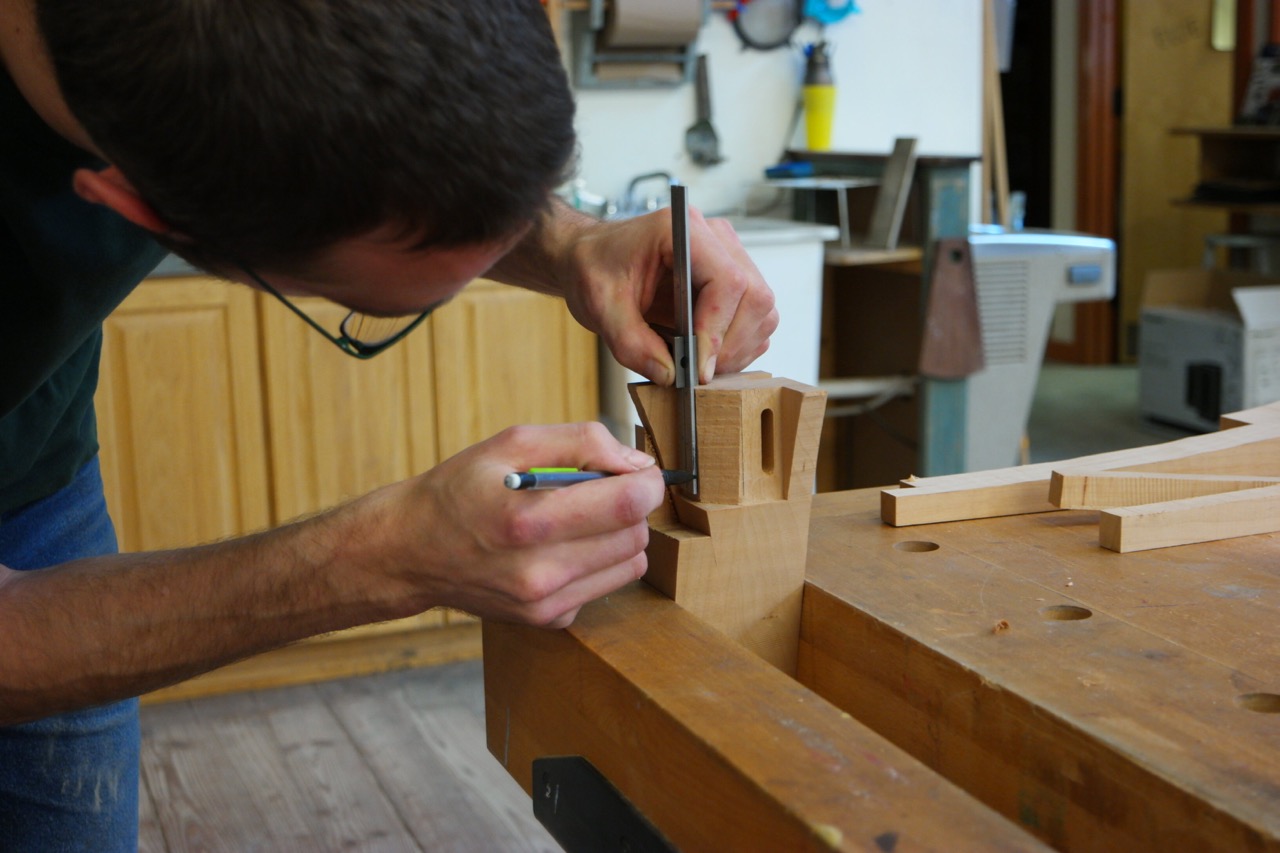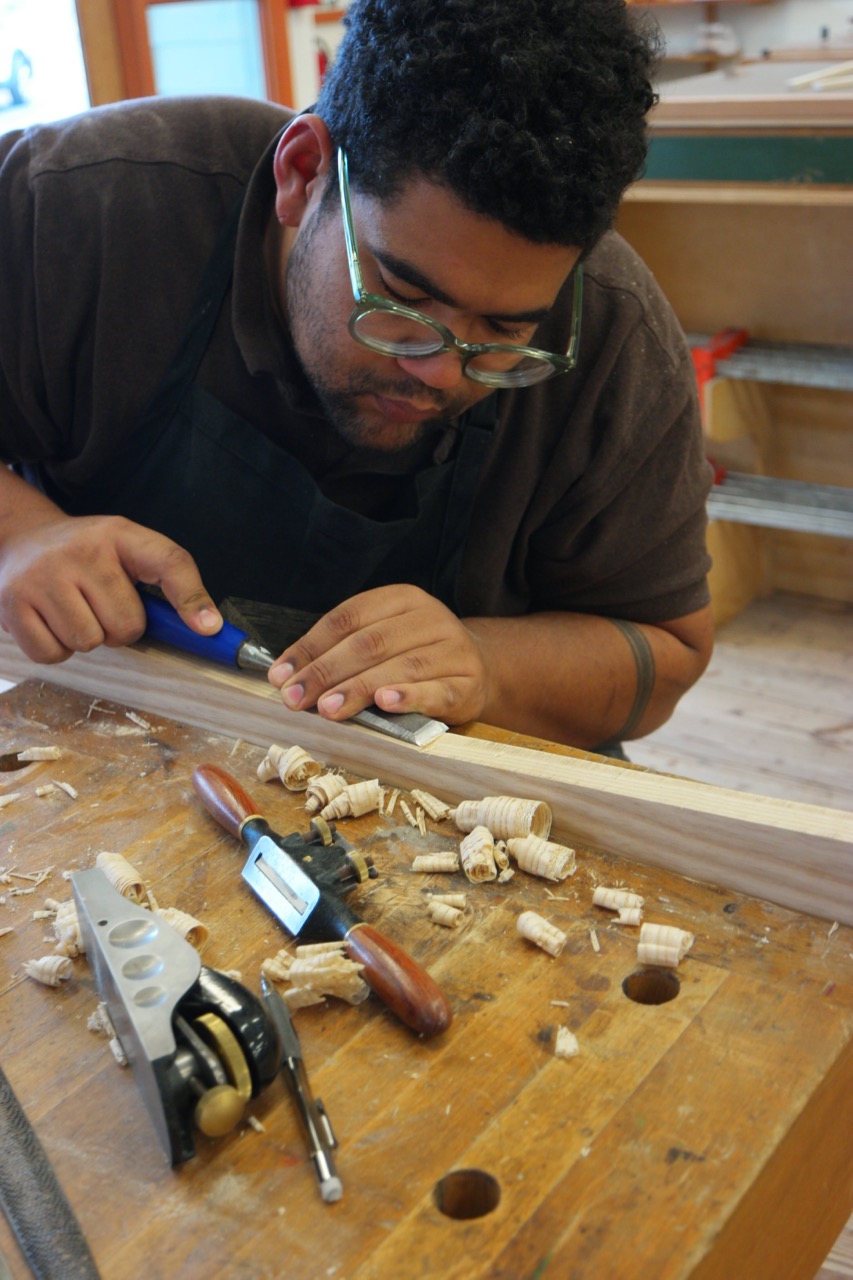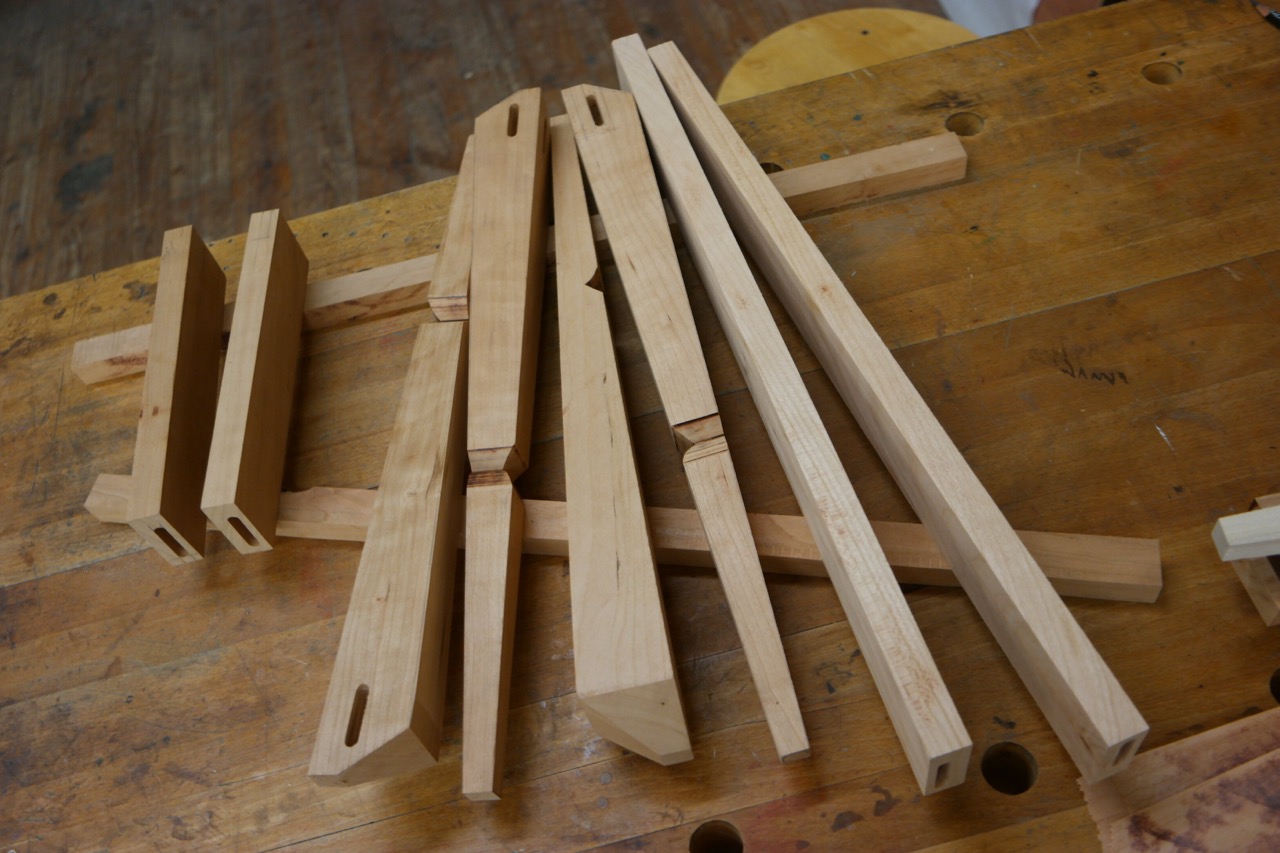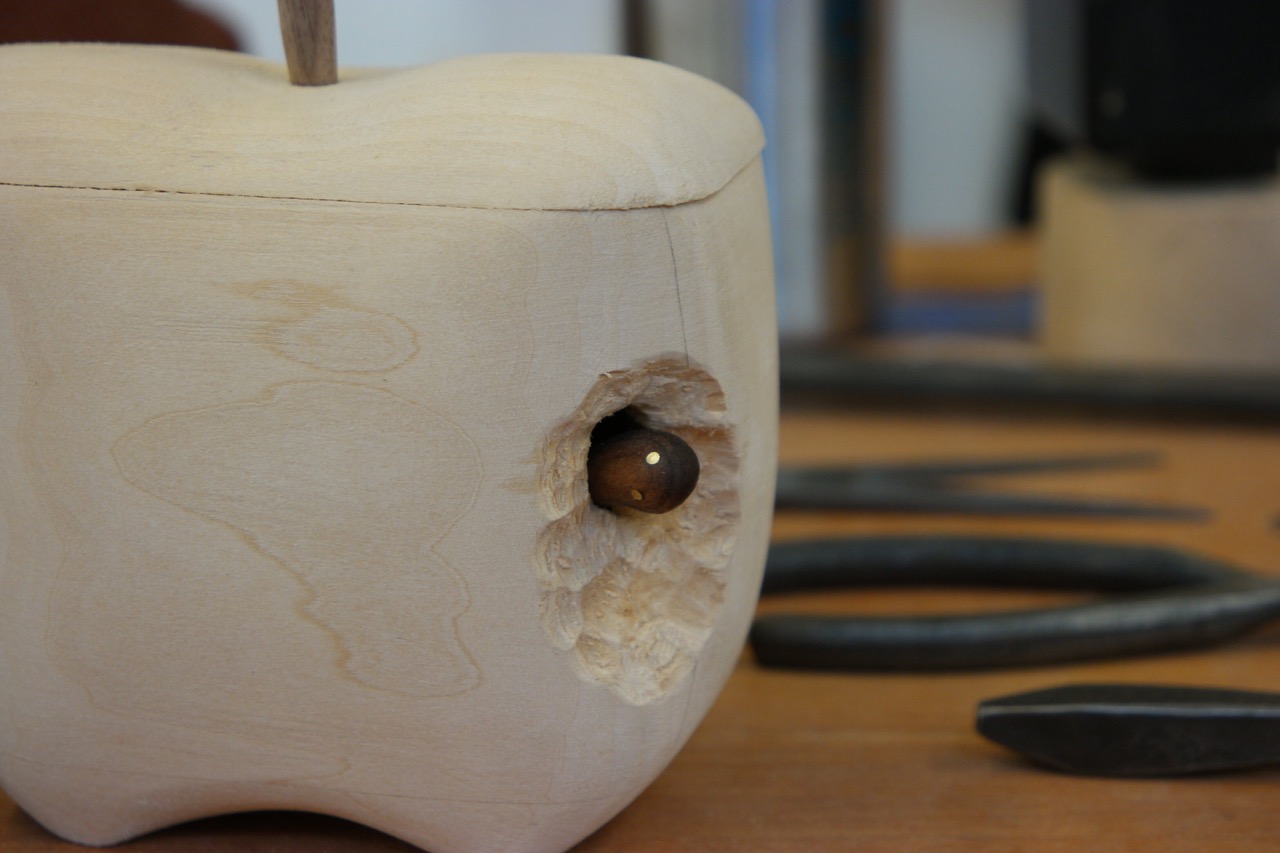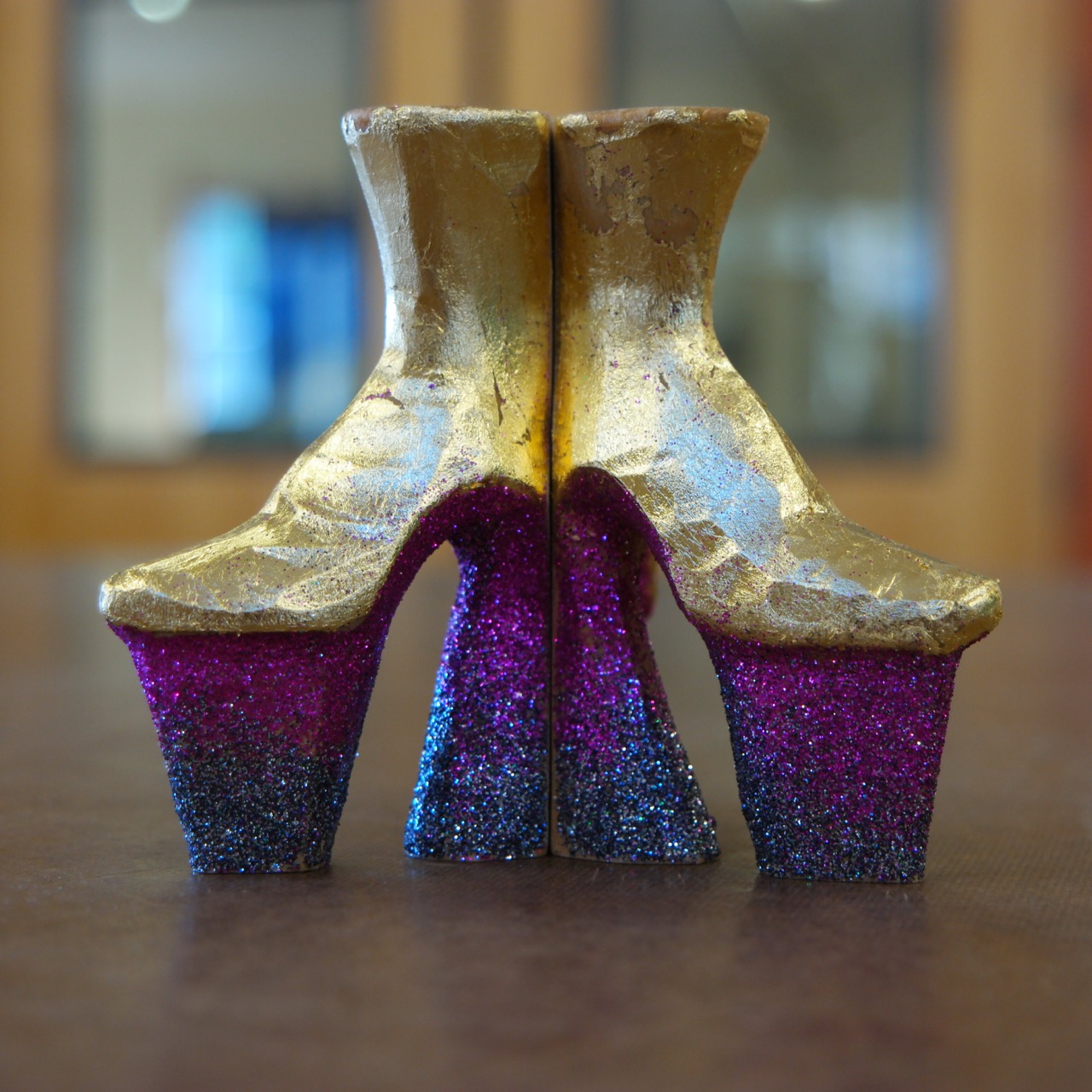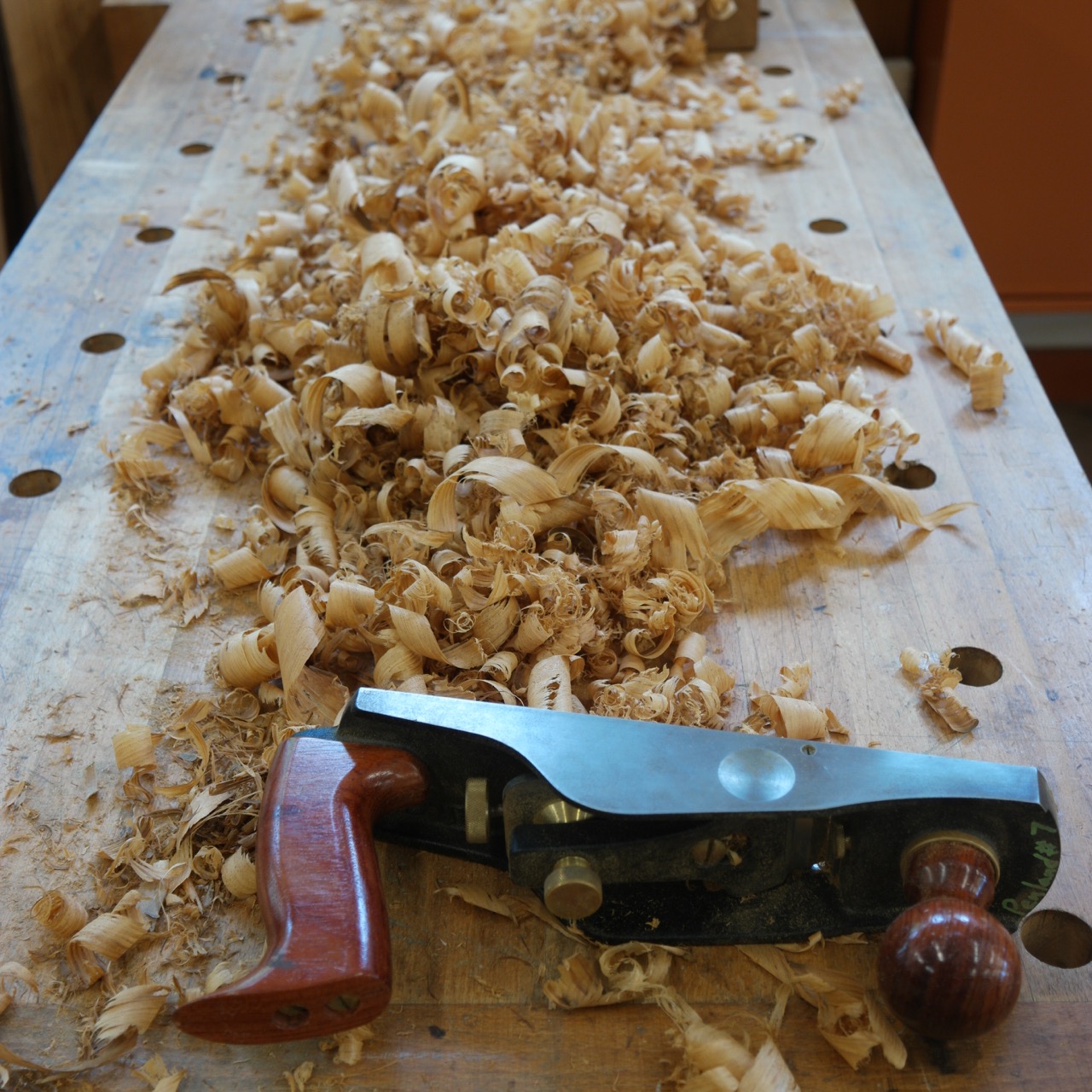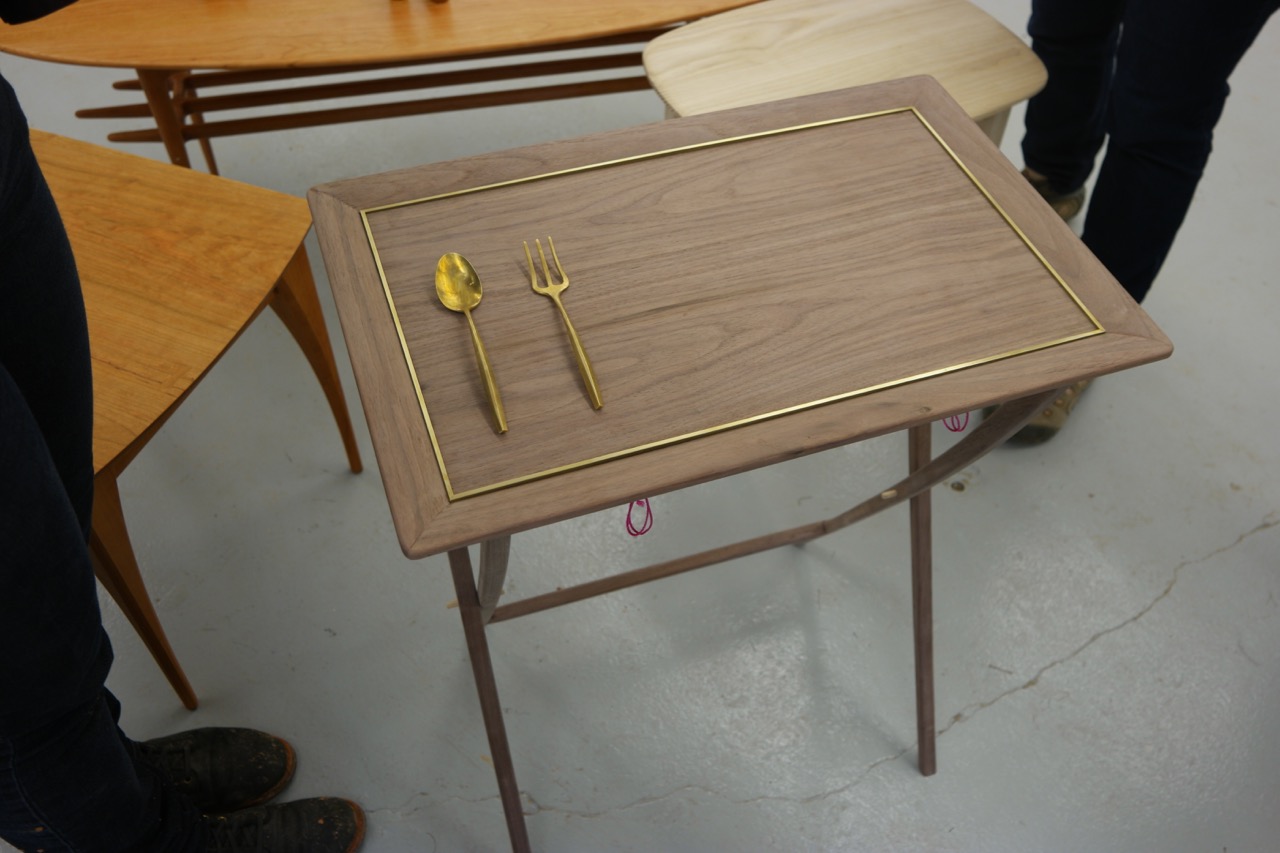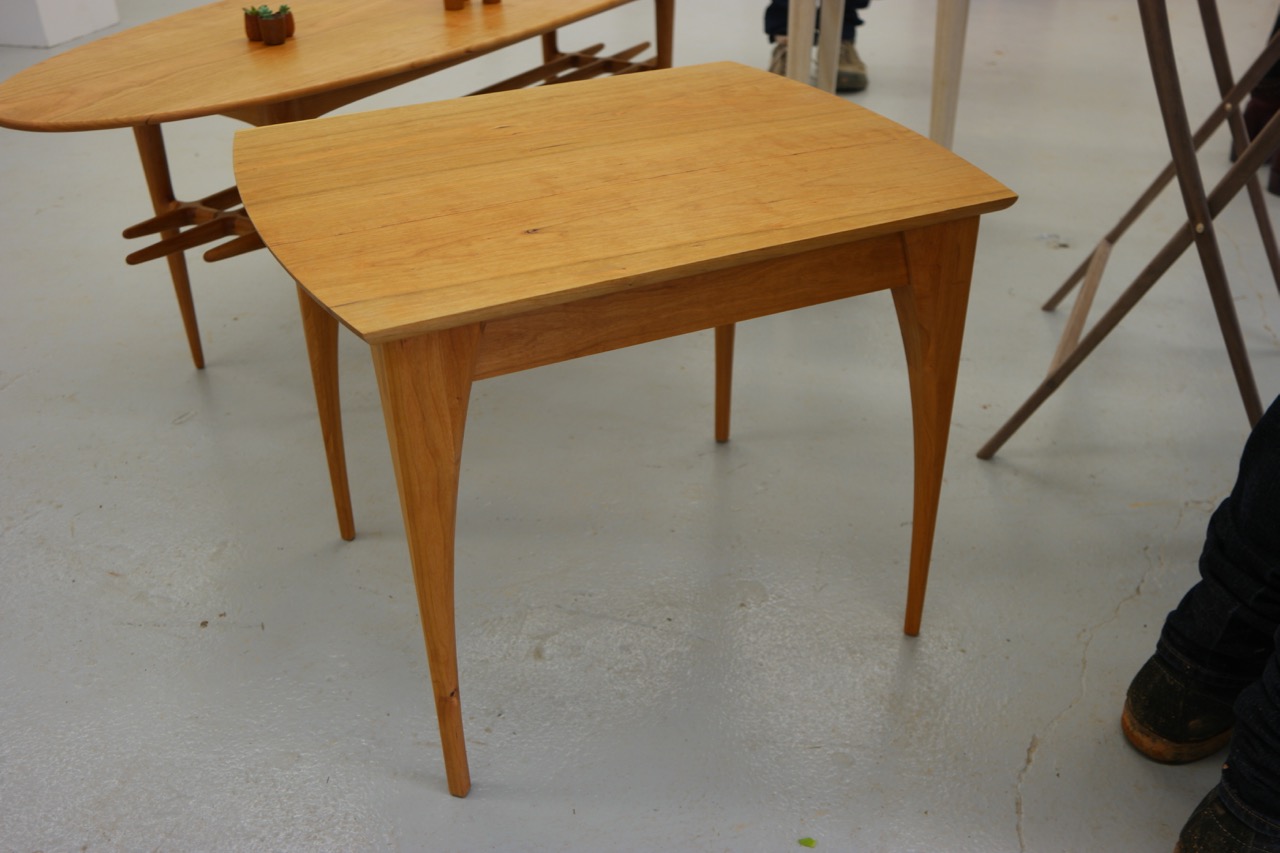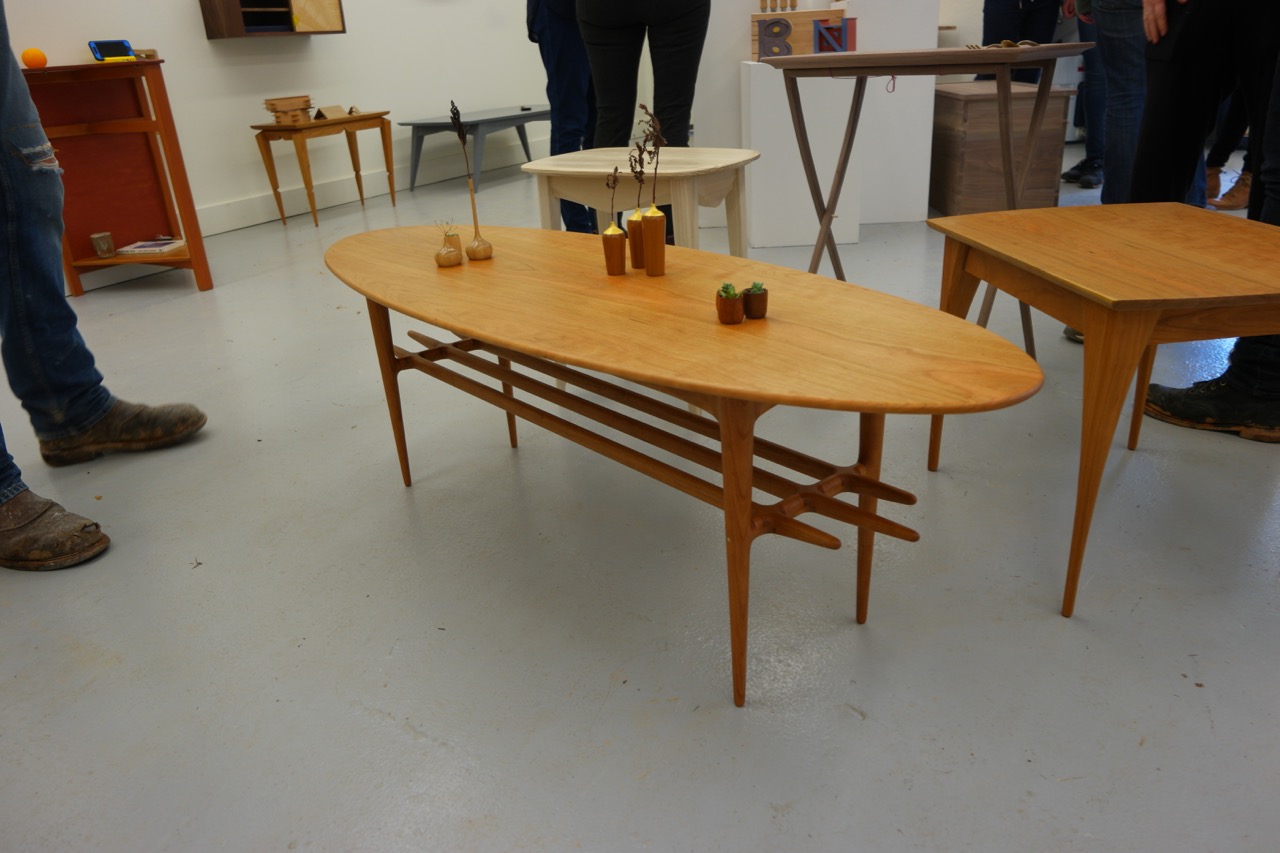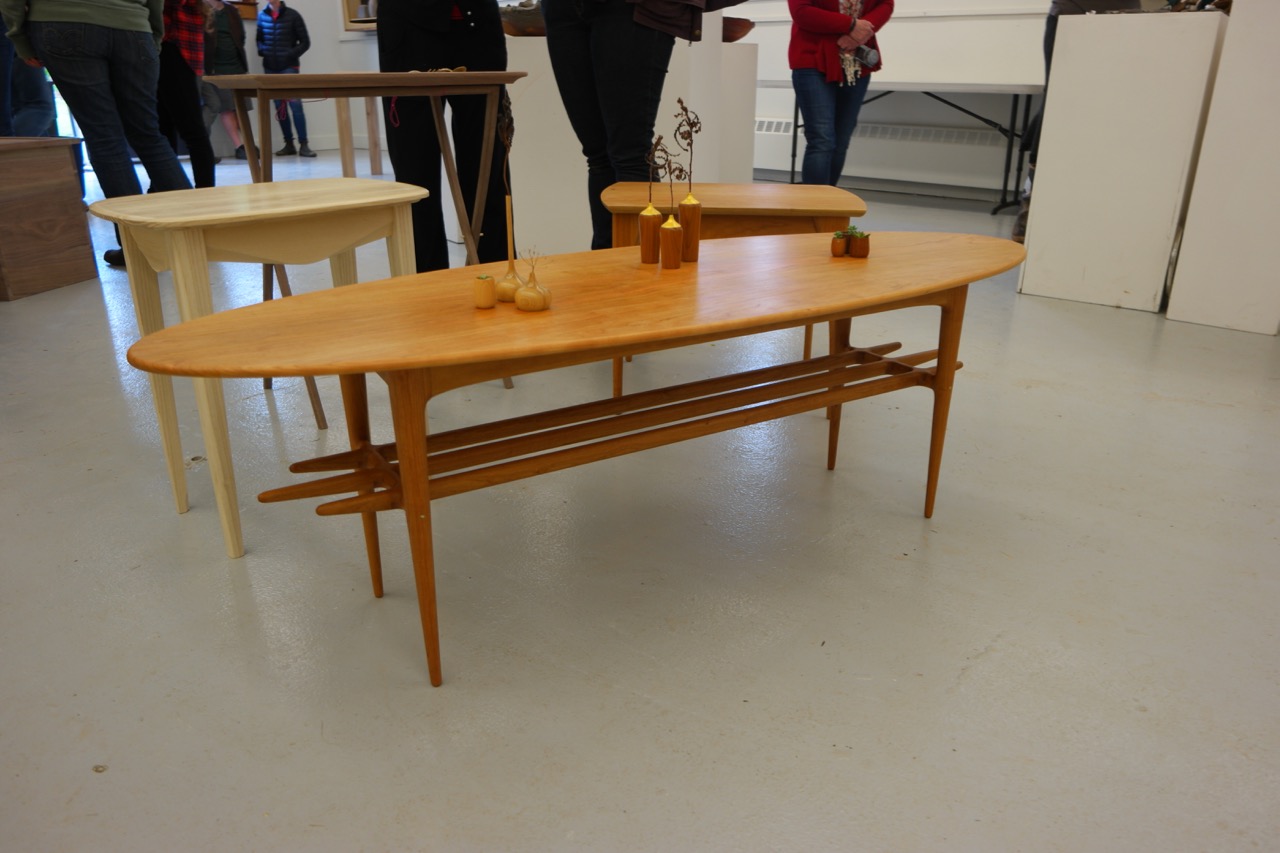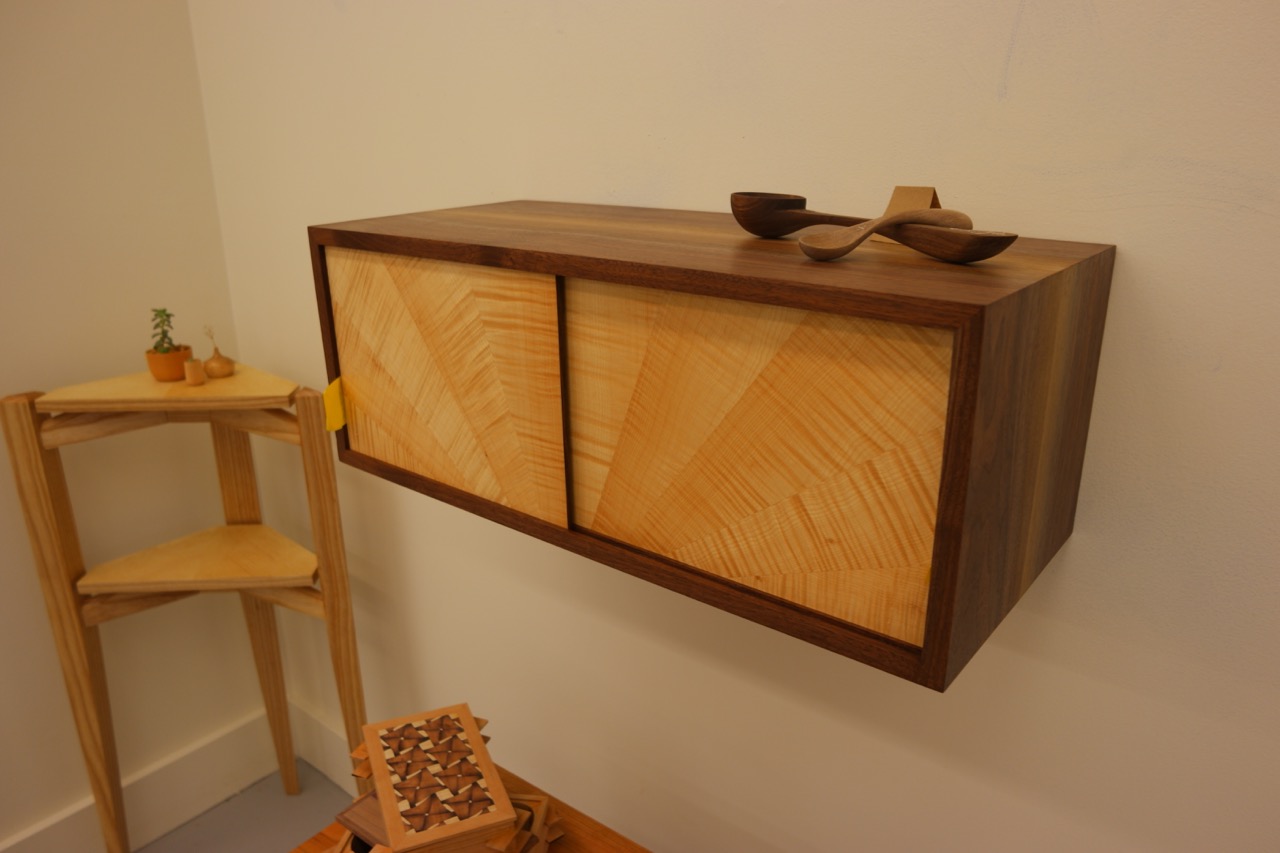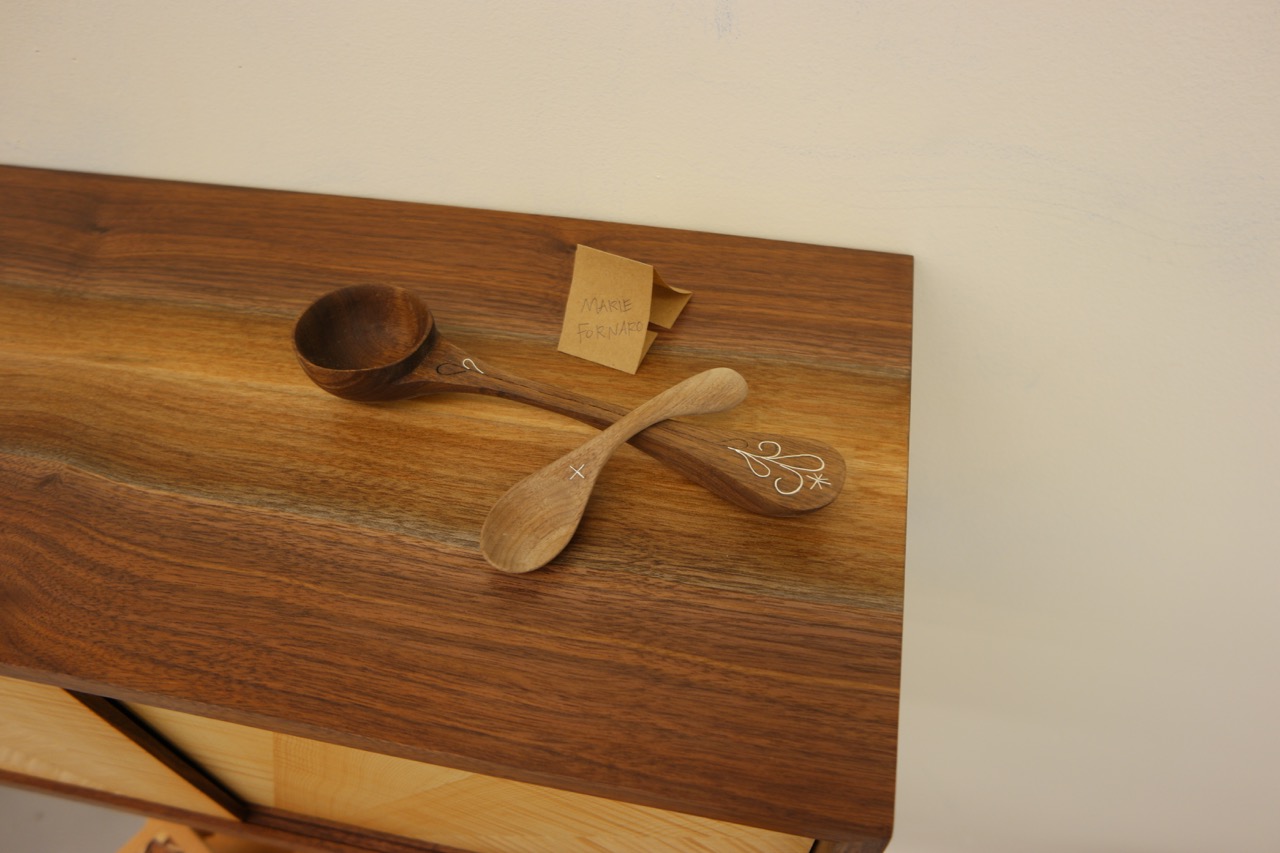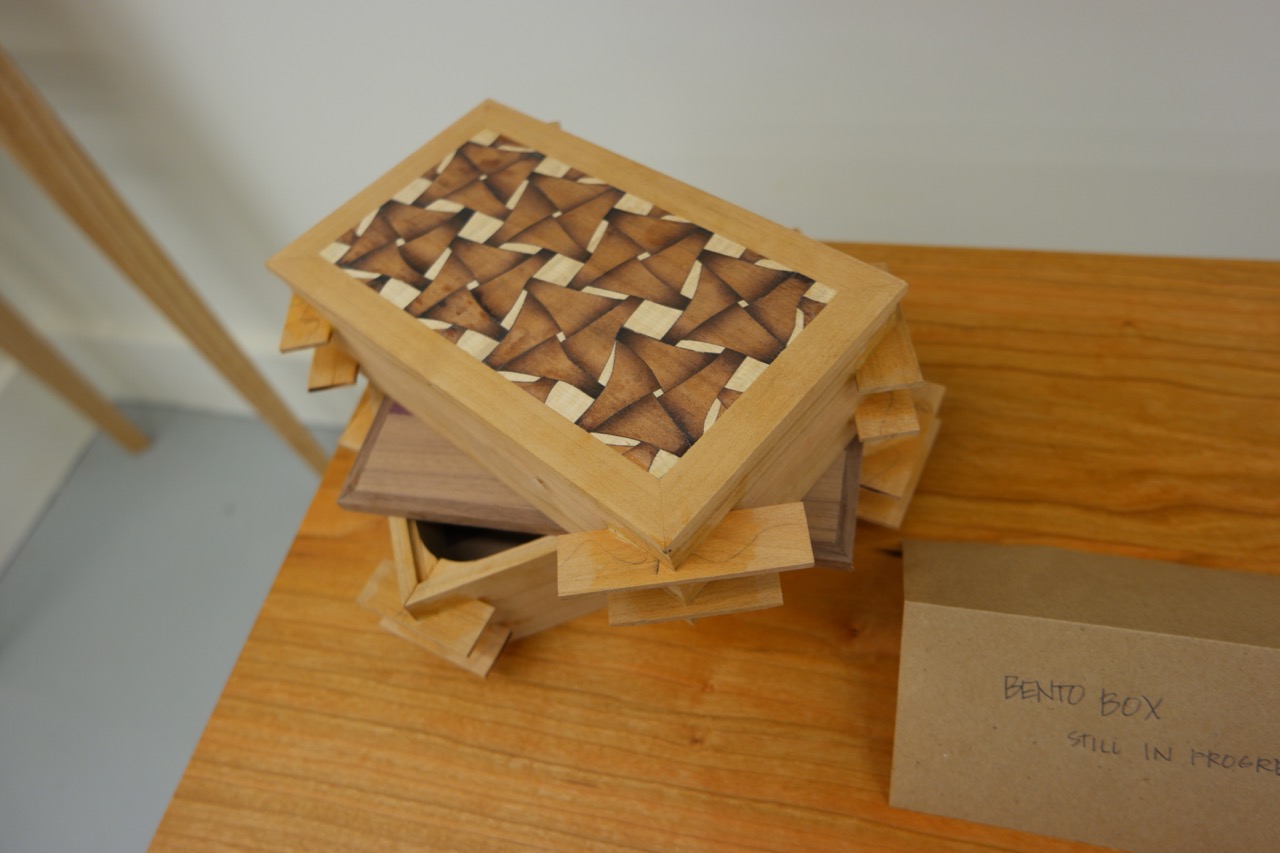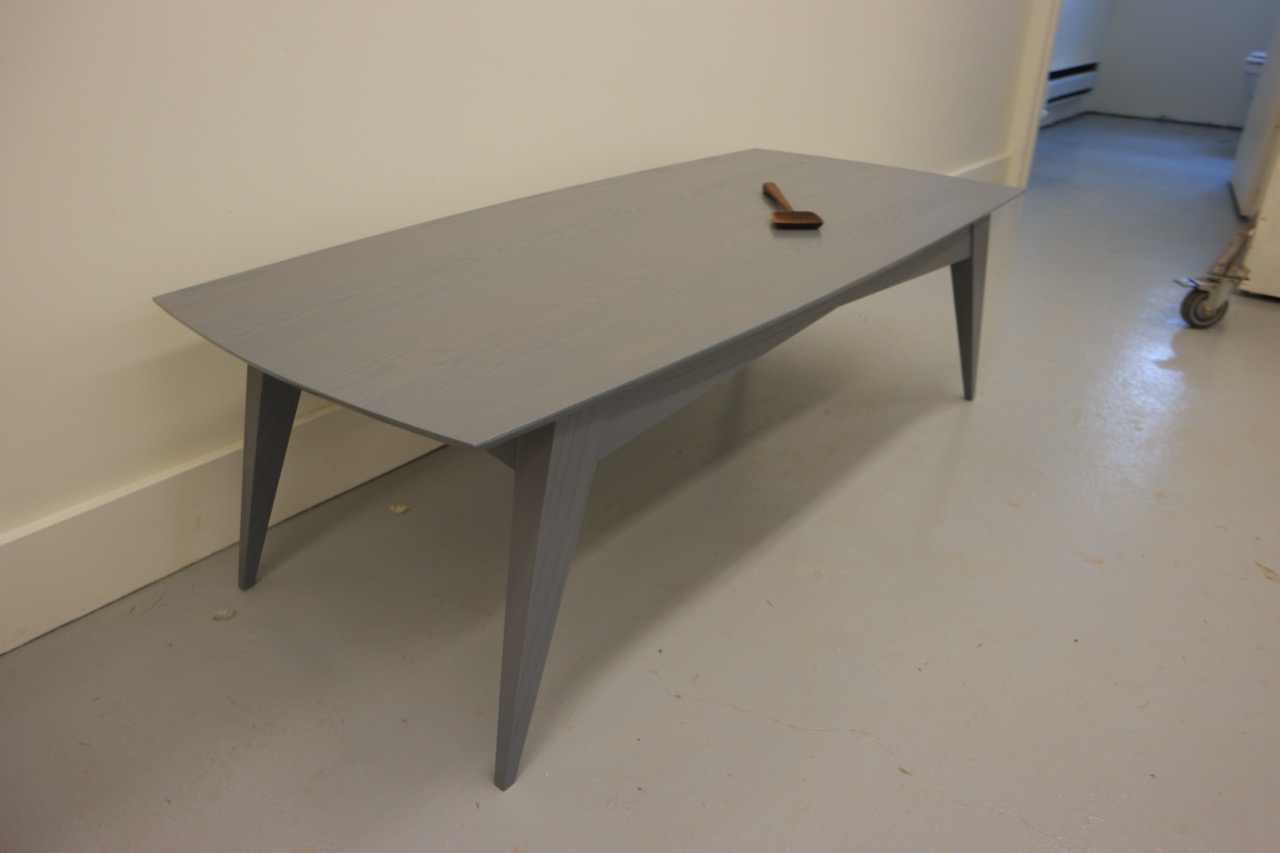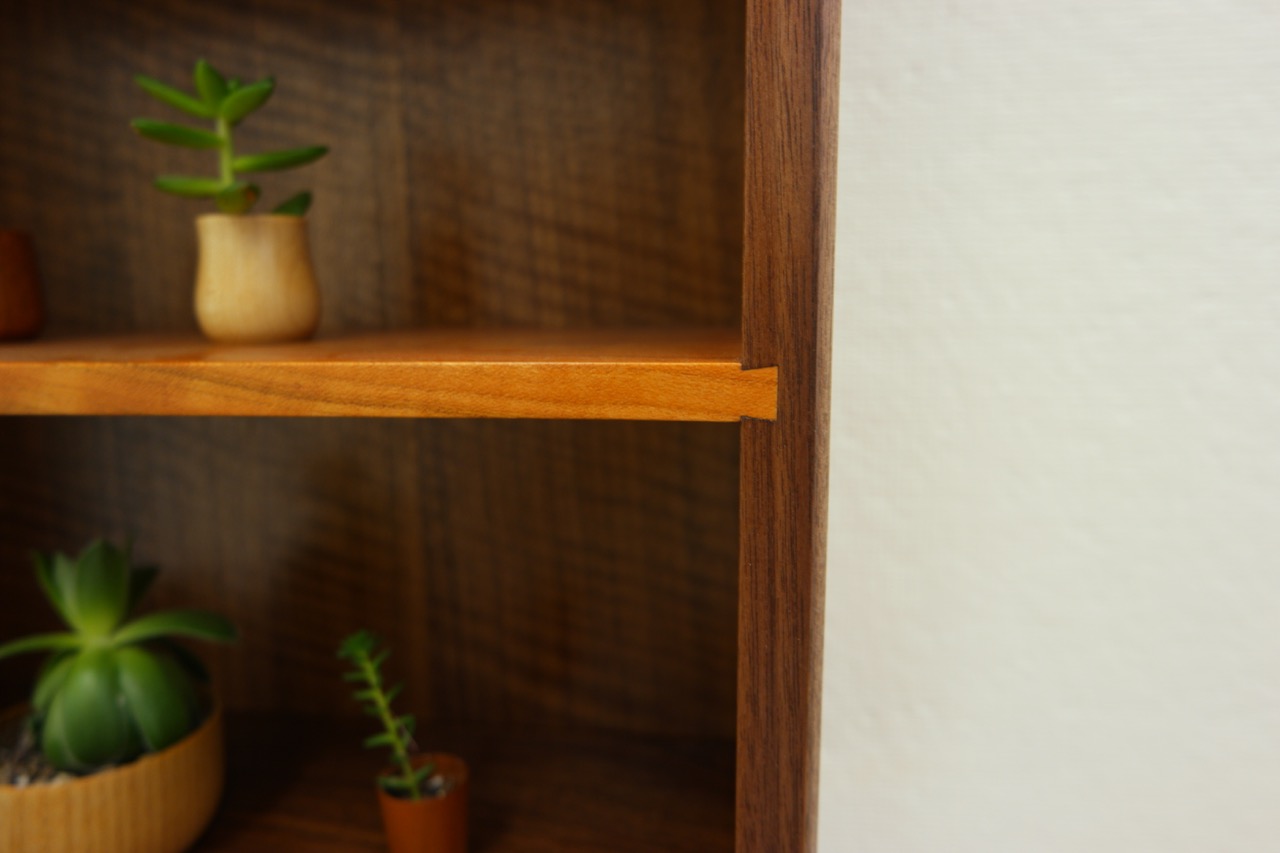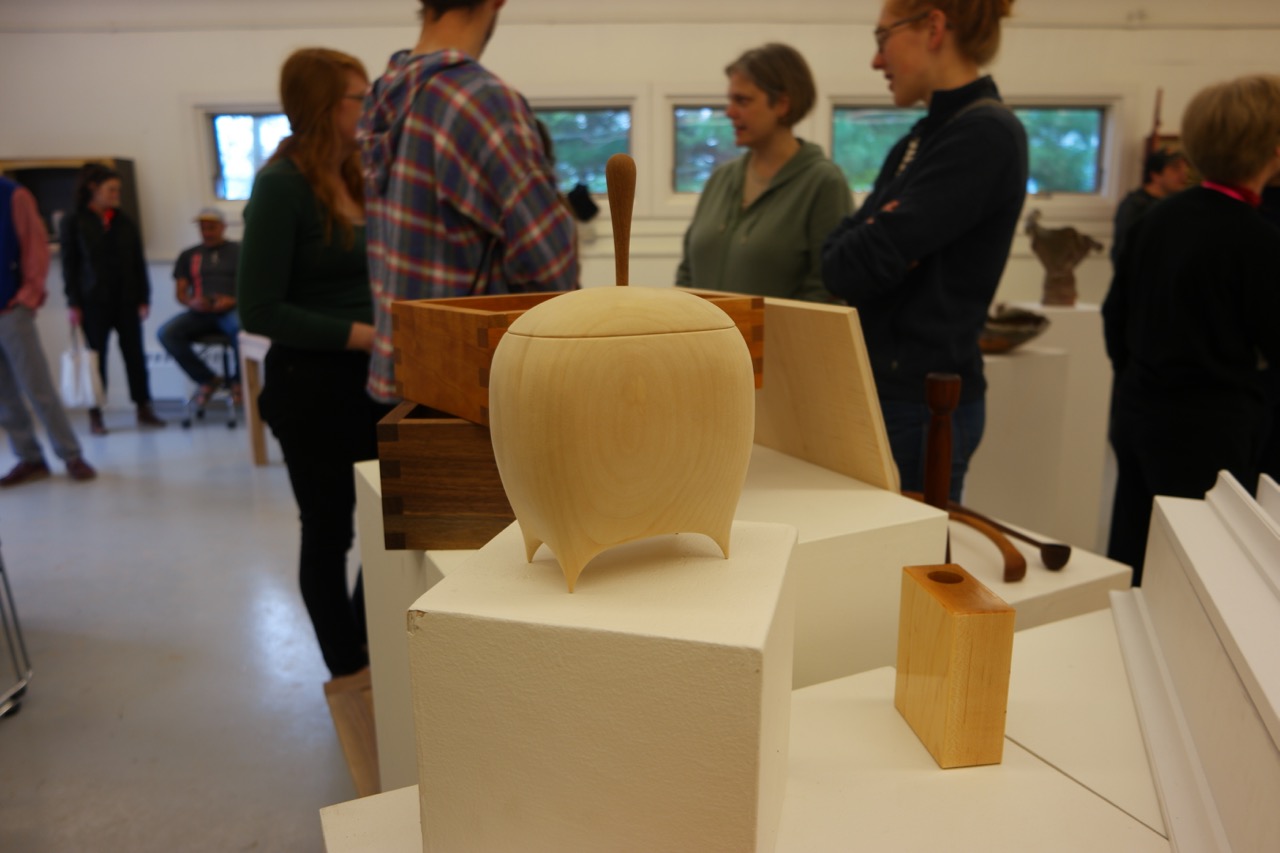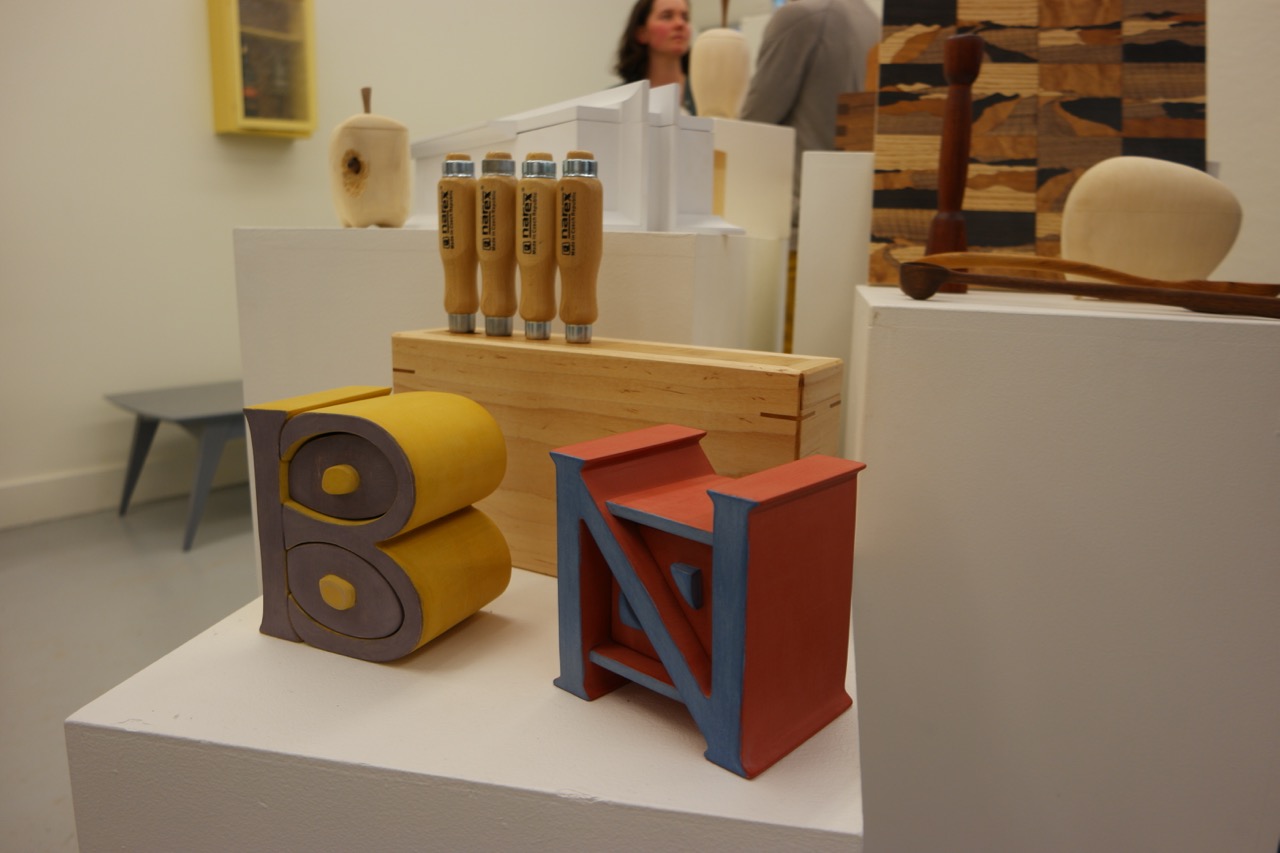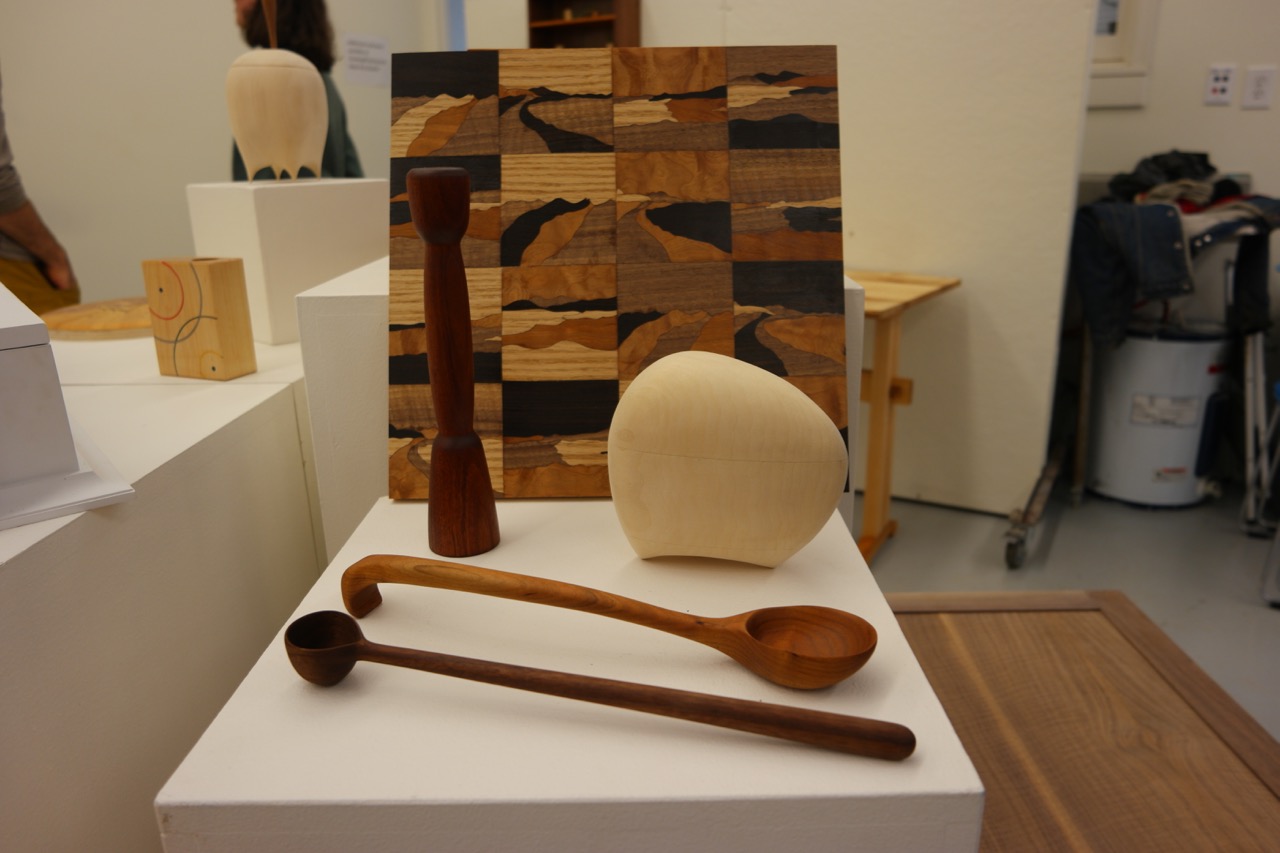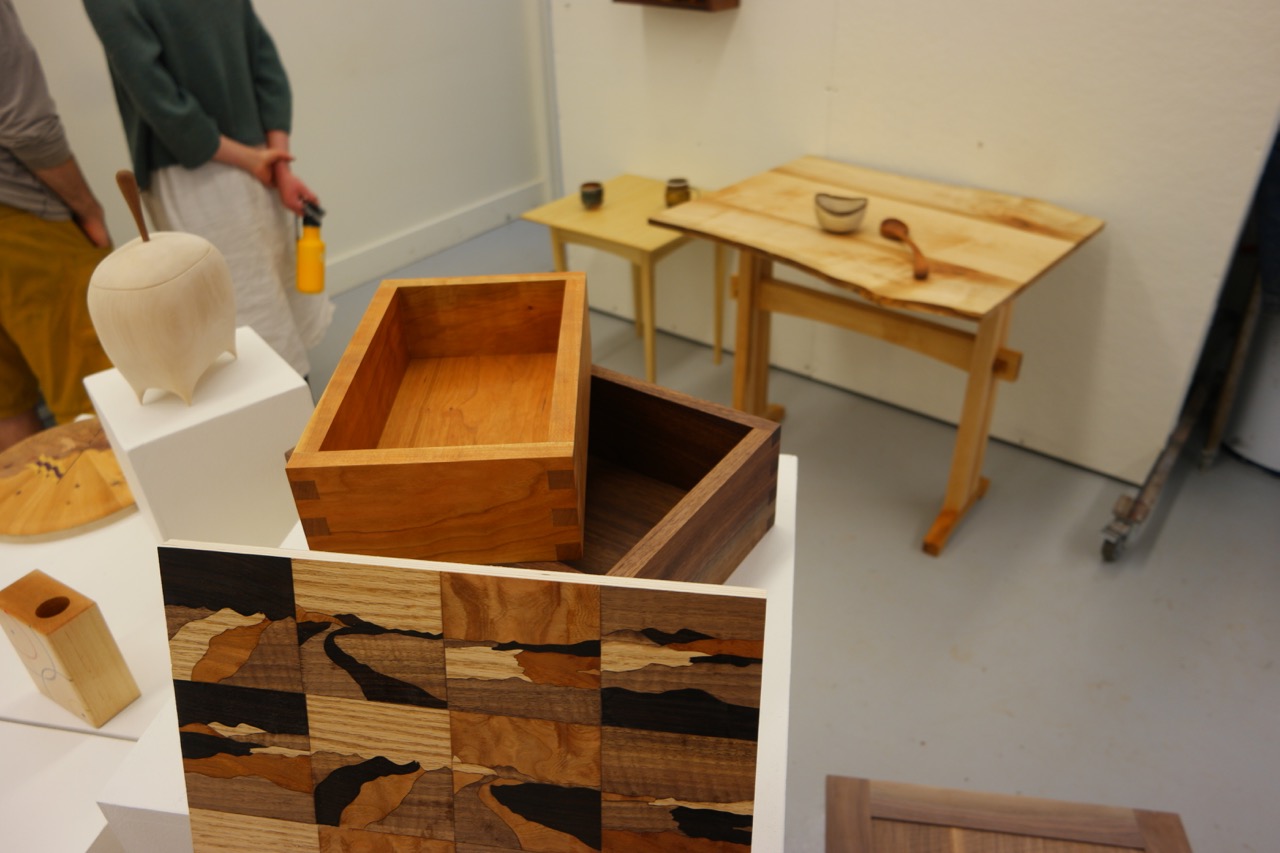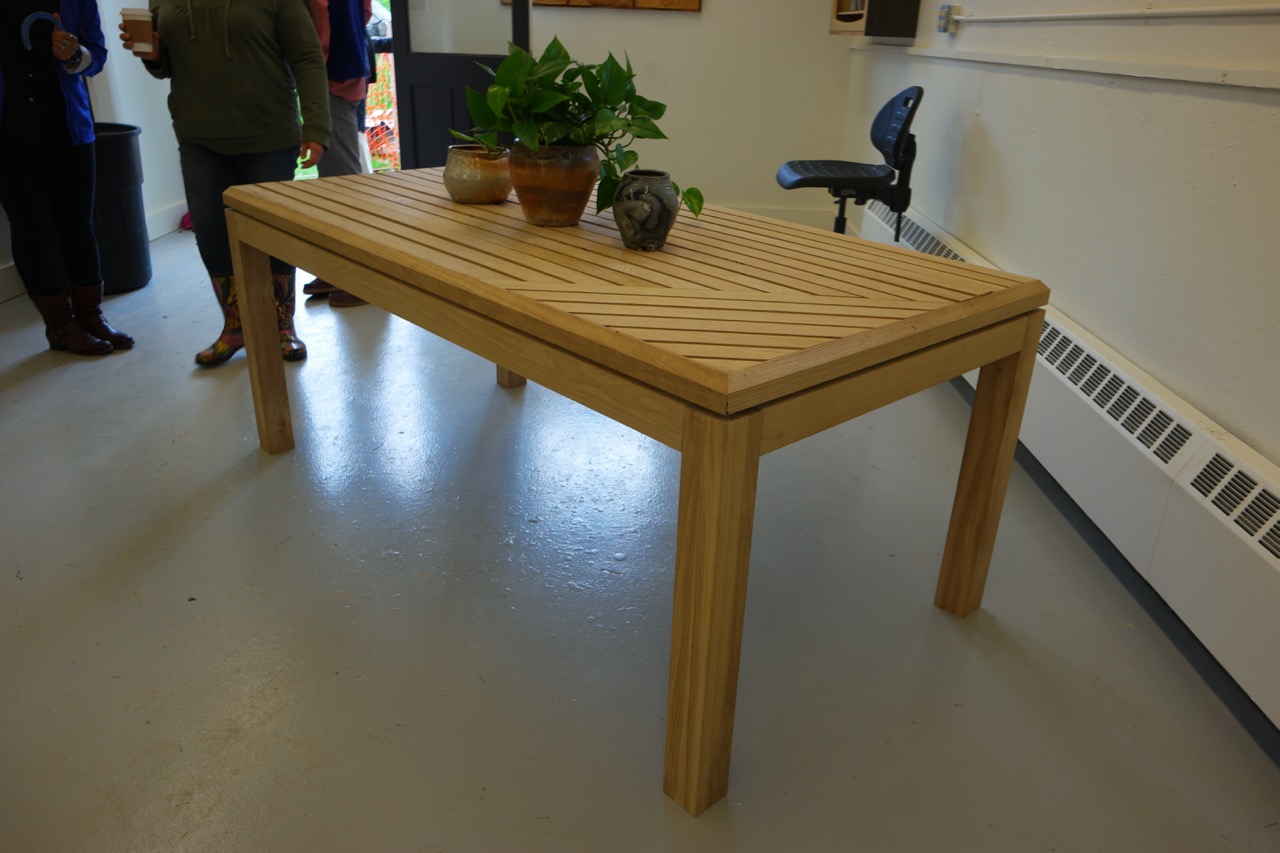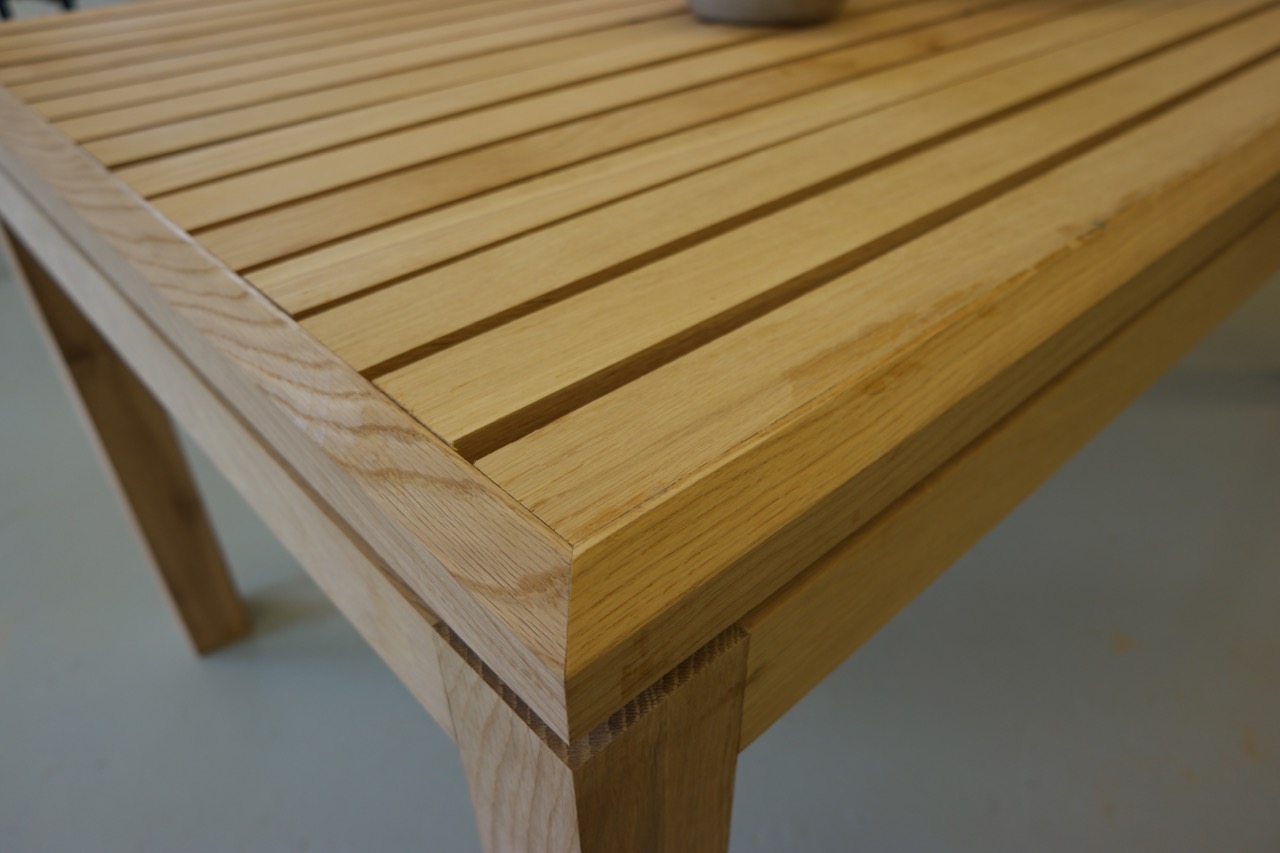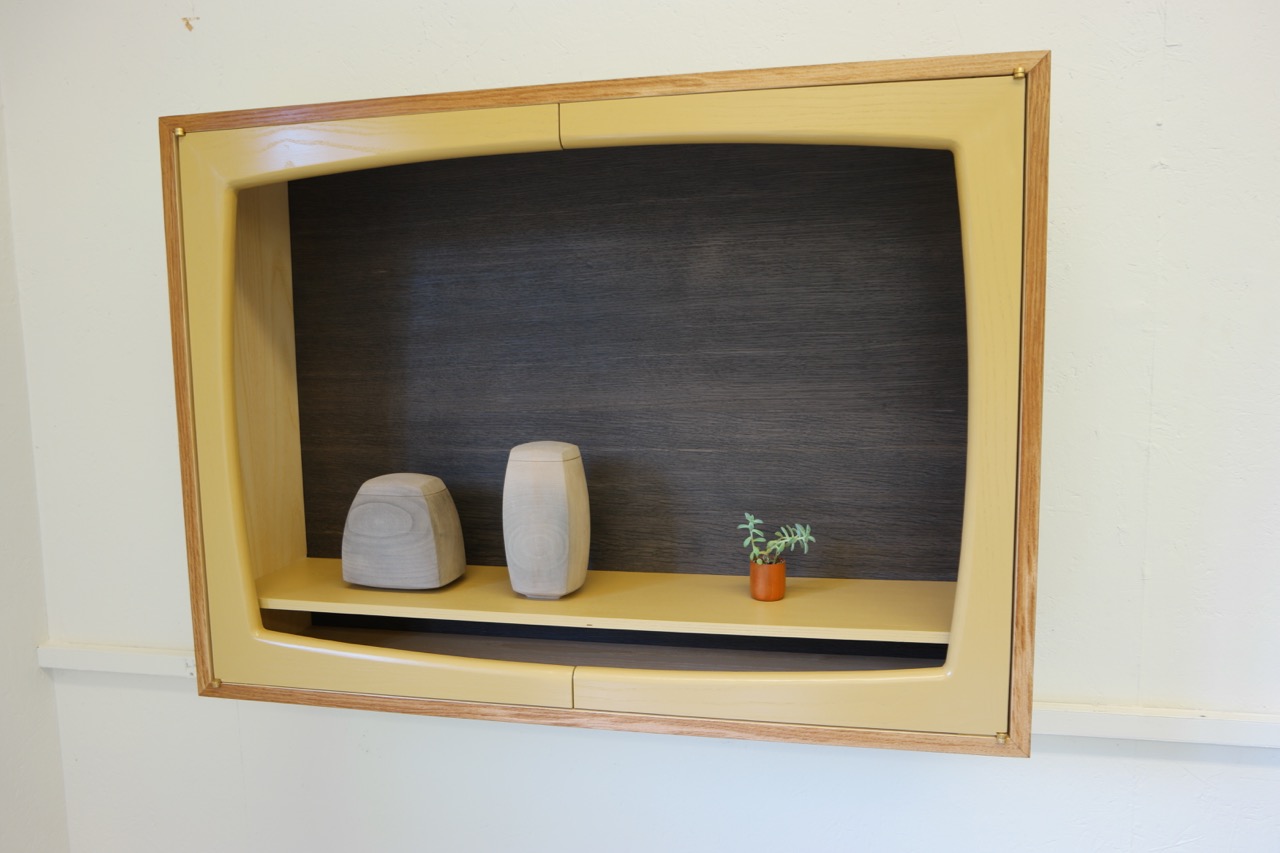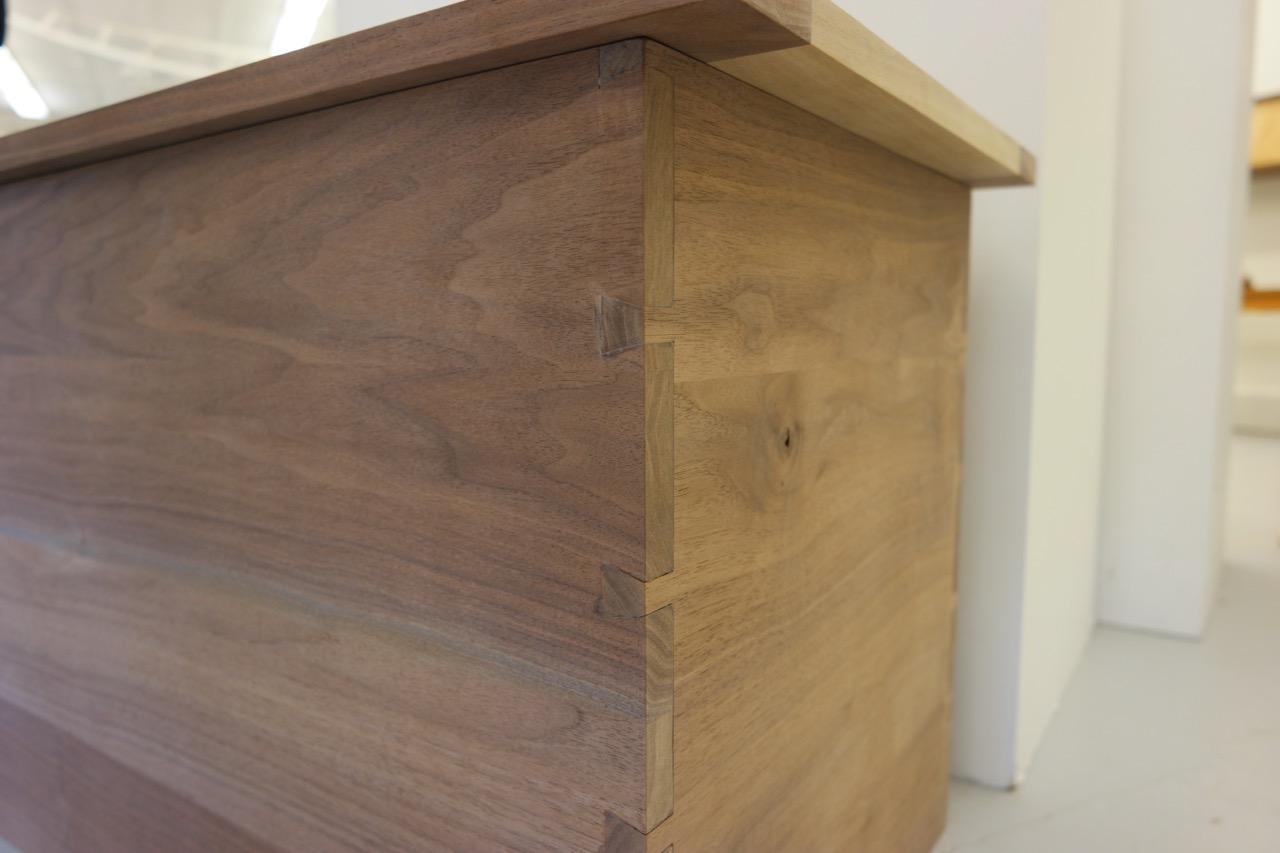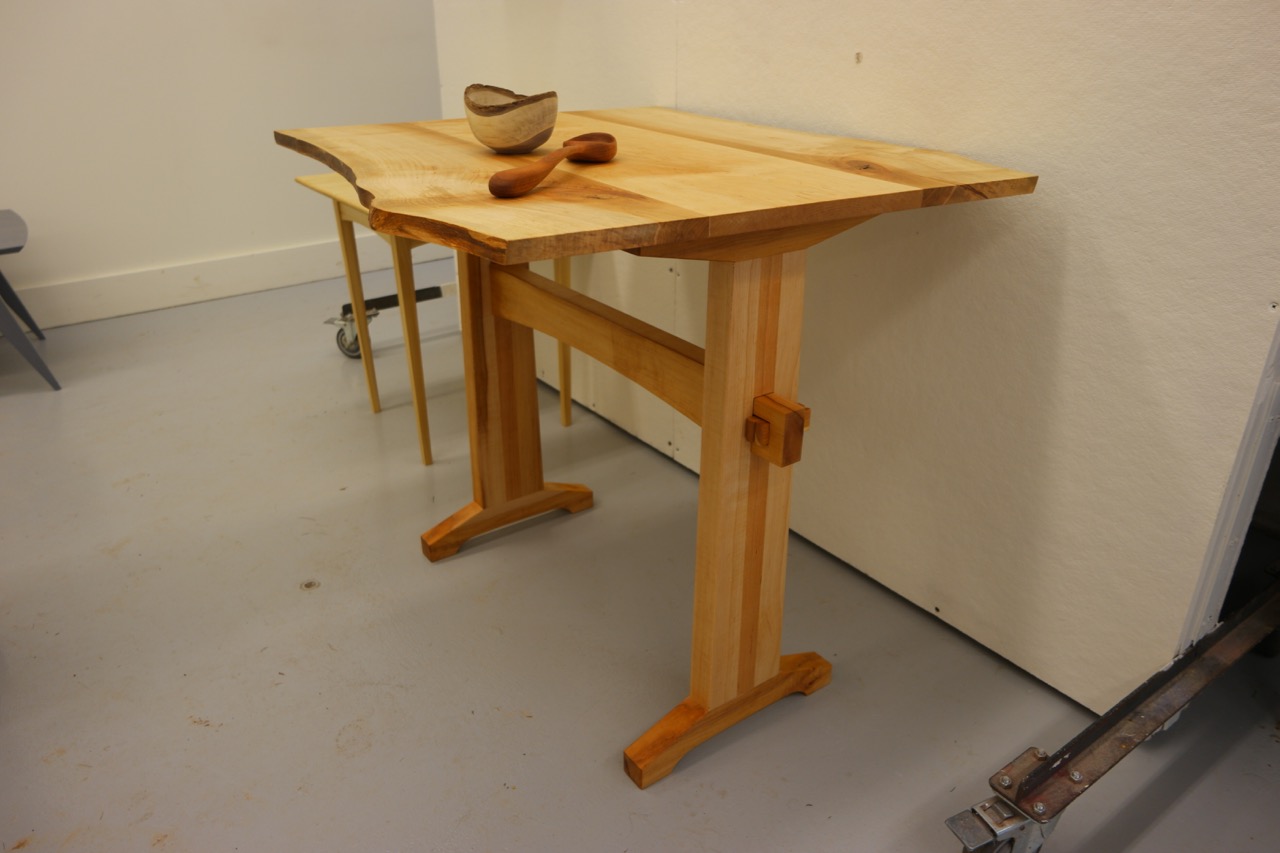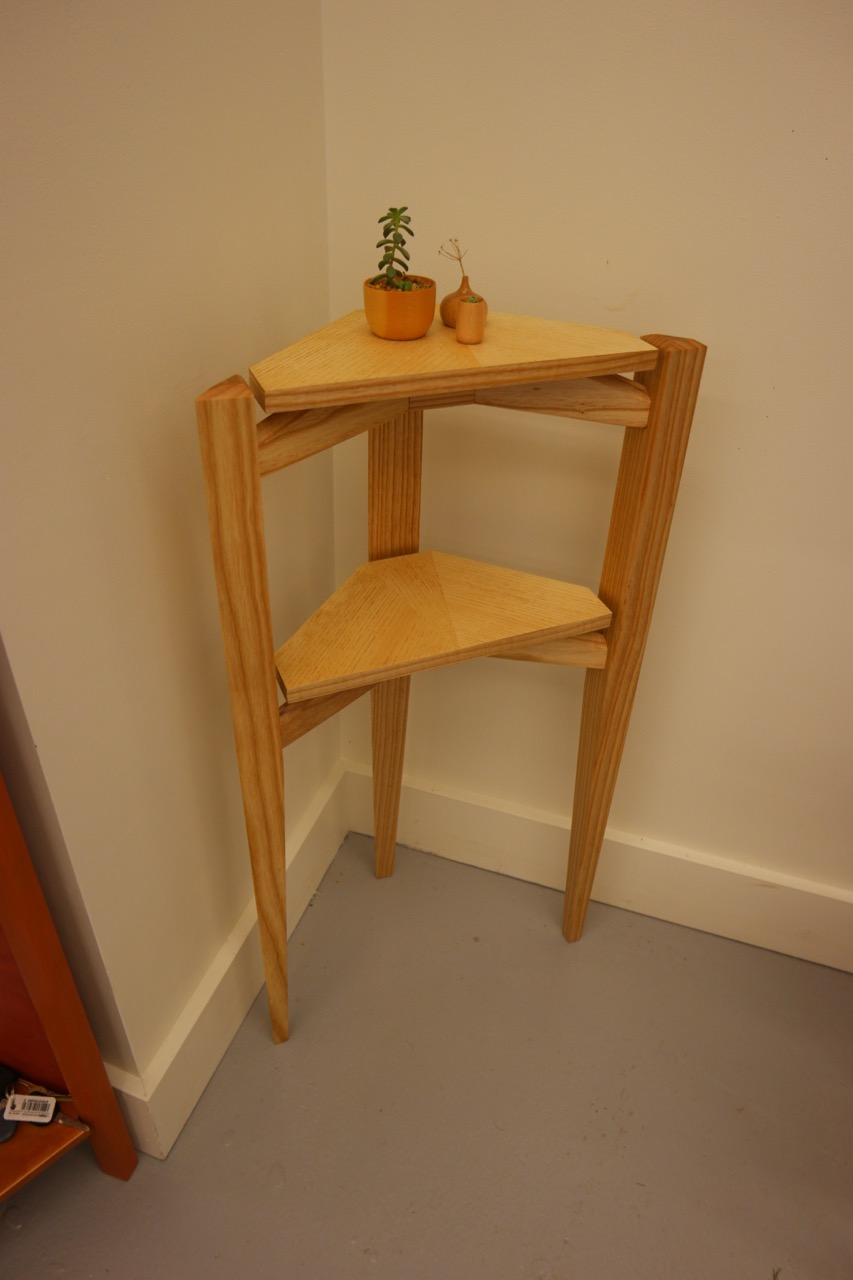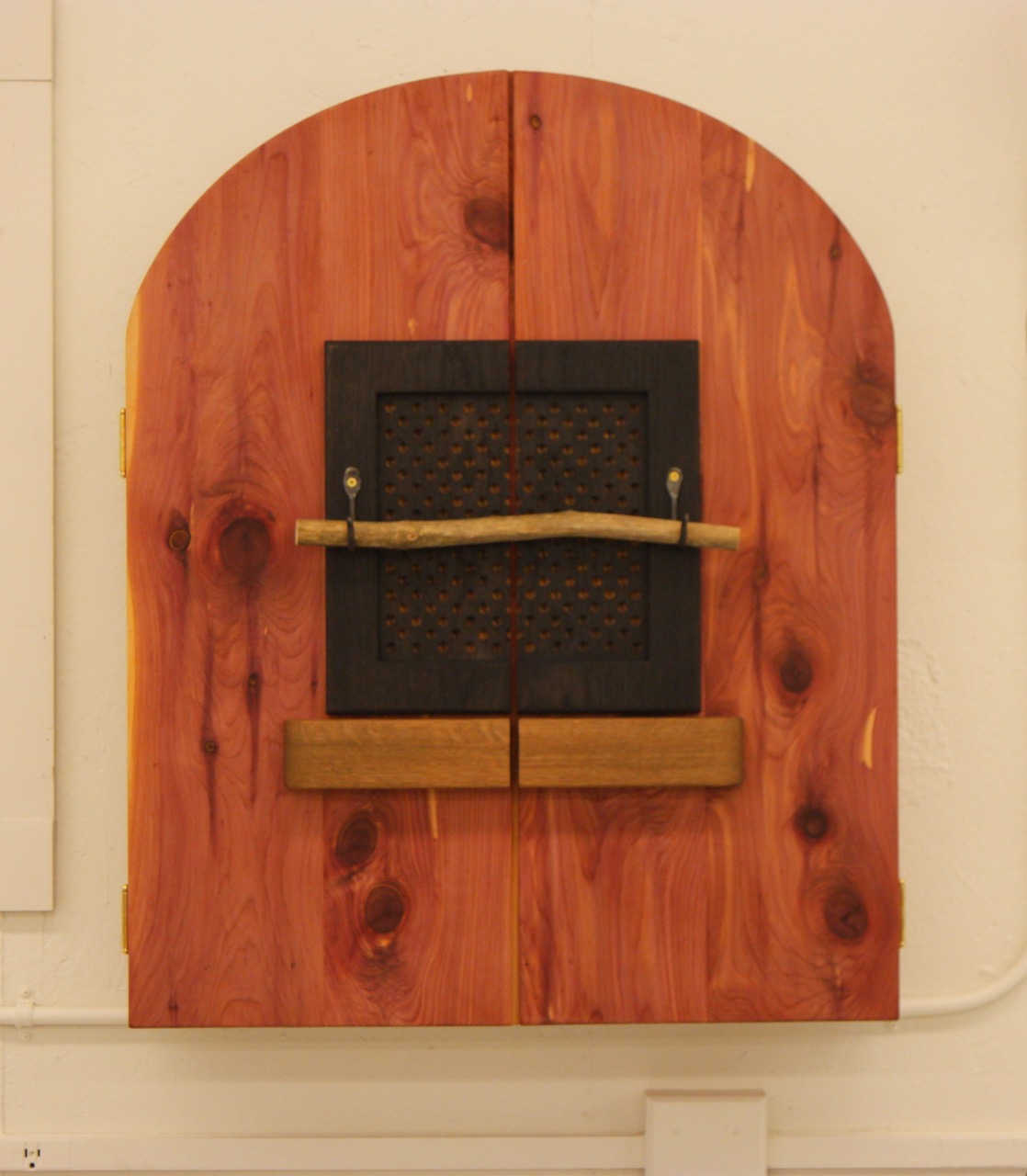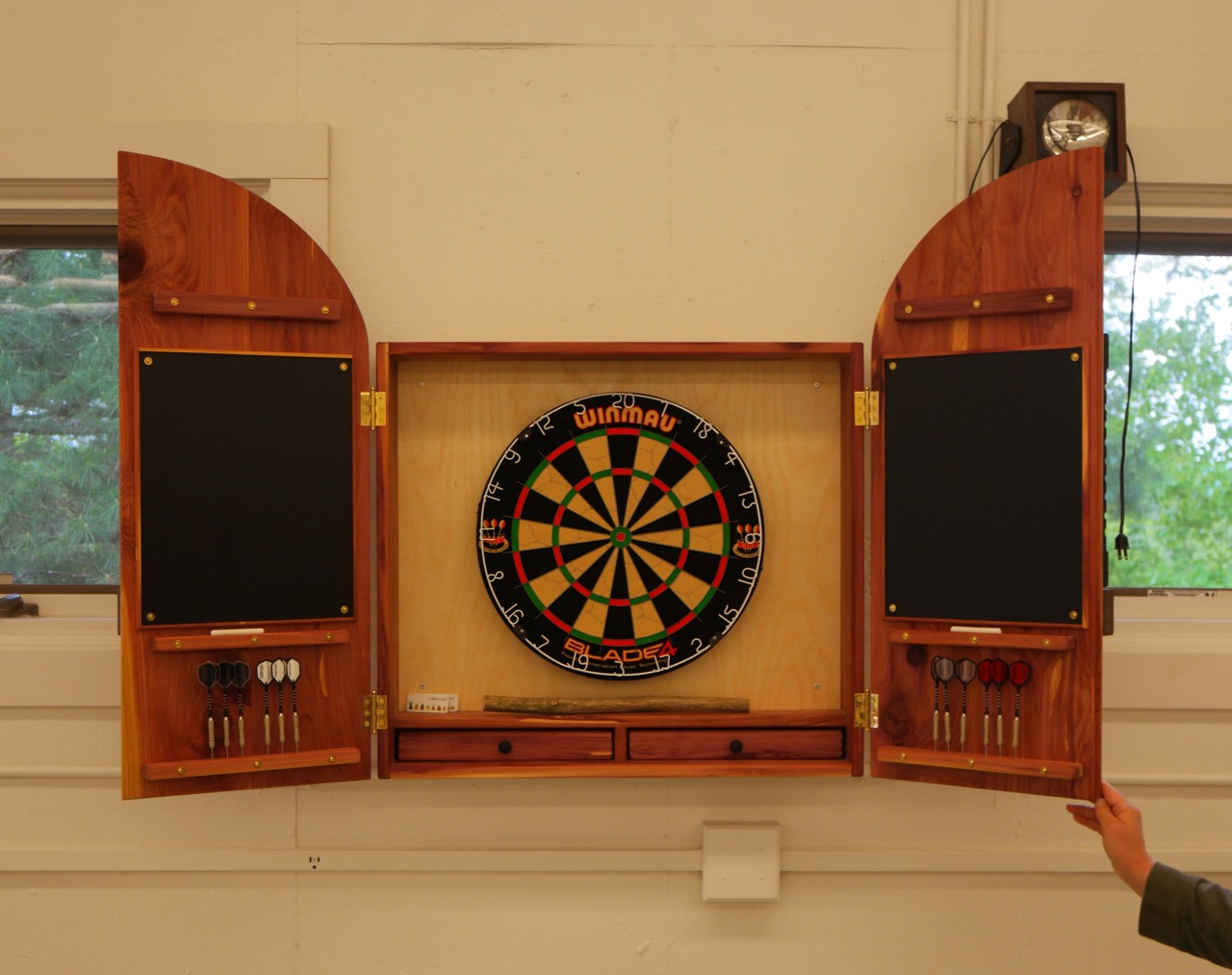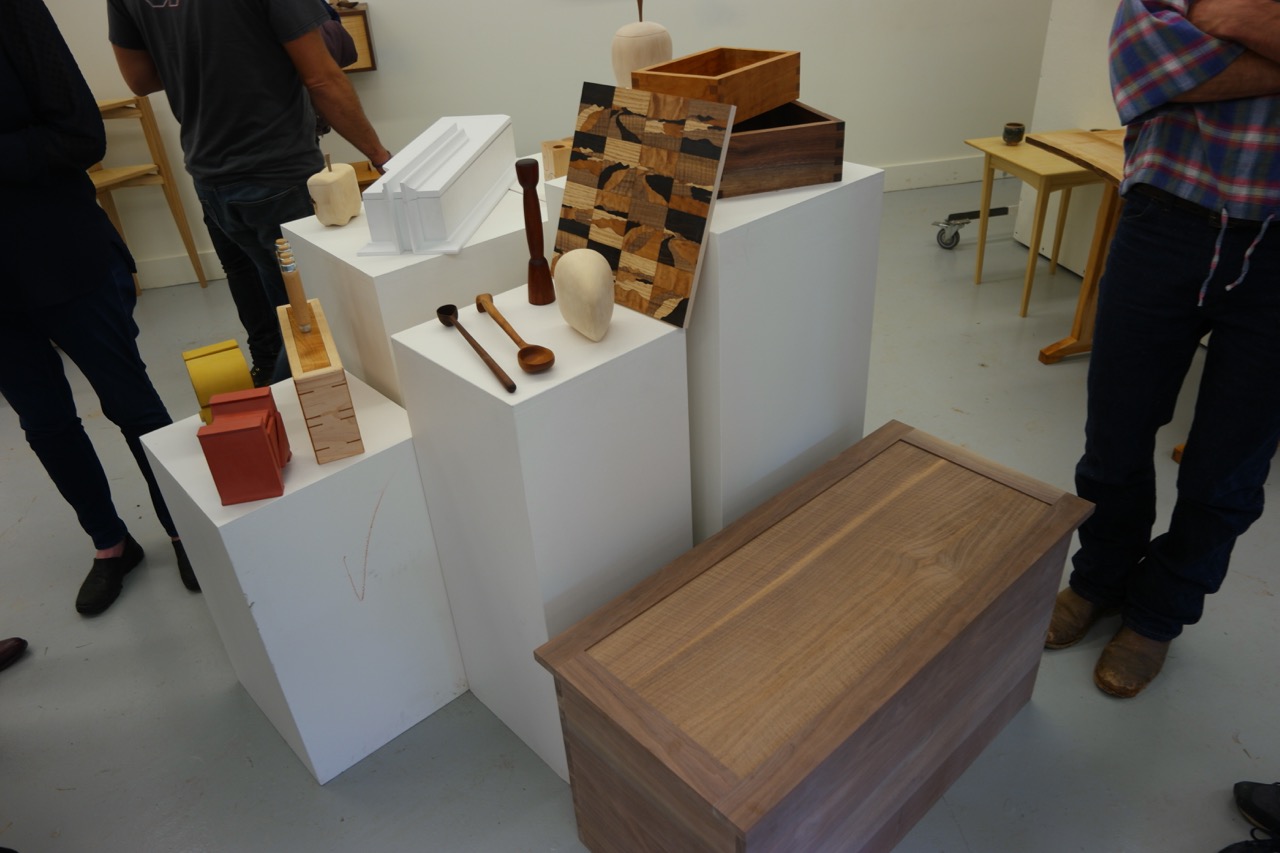I recently returned to Boston after teaching a two-month long woodworking concentration at the Penland School of Crafts in the mountains of Western North Carolina. Over the years I’ve spent a lot of time at Penland in other capacities—as a work-study student and Core Fellow—and although I had a new role this time, the experience of living and working among a group of talented, creative and unusual artists was as seminal and moving as always. Teaching is a new endeavor for me, and I am beginning to see it as an excellent compliment studio work. For one, it encourages me to synthesize and articulate my often scattered knowledge and skill-set and, of course, points out the deficits therein. It also offers me a rare opportunity to inhabit a role in which my success is contingent on communicating and connecting with people rather than producing an object. As an instructor I called on aspects of my personality that are unnecessary and dormant in my solitary studio practice, and am glad to remember that I can (for two months, at least) be an affable person.
The course—an intensive, full-time survey of woodworking and furniture-making techniques—was by far the most ambitious and challenging teaching position I have yet had. Titled Woodworking, It’s a Process, the class sought to give students a foundational understanding of the properties of wood as a material and the most common and useful ways of manipulating it. It also touched on some esoteric techniques such as marquetry and metal inlay. The first week was dedicated to working with hand tools which gave students an understanding of the challenge and importance of accounting for grain direction in their design and workmanship. Students completed at least one carved spoon and one bandsaw box. Following that they learned about mortise and tenon joinery by making a small side table or coffee table. We moved on to study the basics of carcass construction with a wall-hung cabinet project and reserved the final two weeks for a self-directed, independent project.
Although the primary focus of this class was on the technical aspects woodworking, we took time each Friday morning to step away from the tools and consider some of the often overlooked psychological and emotional processes inherent to any creative endeavor. Through readings by Annie Dillard, Mary Oliver, Robert Grudin, David Pye and Aldo Leopold we inquired into how our nascent, nebulous visions manifest as tangible objects; the tortuous dance between creative achievement and time; the increasing disunity of design and craftsmanship, and whether there is such a thing as manual intelligence; and the conceptual implications of manipulating a material that is a historical record (of sorts). These are lines of inquiry that—for me, anyway—spark curiosity and engagement in my process and blaze the trail to new creations. Thankfully my students were willing to indulge me in taking them down this path.
There’s always some risk in signing up to spend two months in close quarters with a group of individuals you’ve never met. I’ve been in classes that to no one’s fault were plagued by a discordant combination of personalities. You can imagine my relief and gratitude as I discovered that my students were truly one of the most engaged, dynamic and joyful groups of people I’ve had the pleasure to know. Although my demonstrations occasionally bordered on farcical due to the quantity of banter and inside-joking, a culture of good humor and camaraderie was evident always—like that evening when I returned to the shop to find every single item on my workbench (even a nickel) adhered down with powerful double-stick tape, a prank I found both hilarious and impressively thorough.
But most impressive was the furniture that my students made. I was awestruck at our end-of-session show and tell, because even though I was witness to the process, it was hard to believe that eight weeks prior these woodworkers were mostly total beginners. Please take a look at some of their creations:


